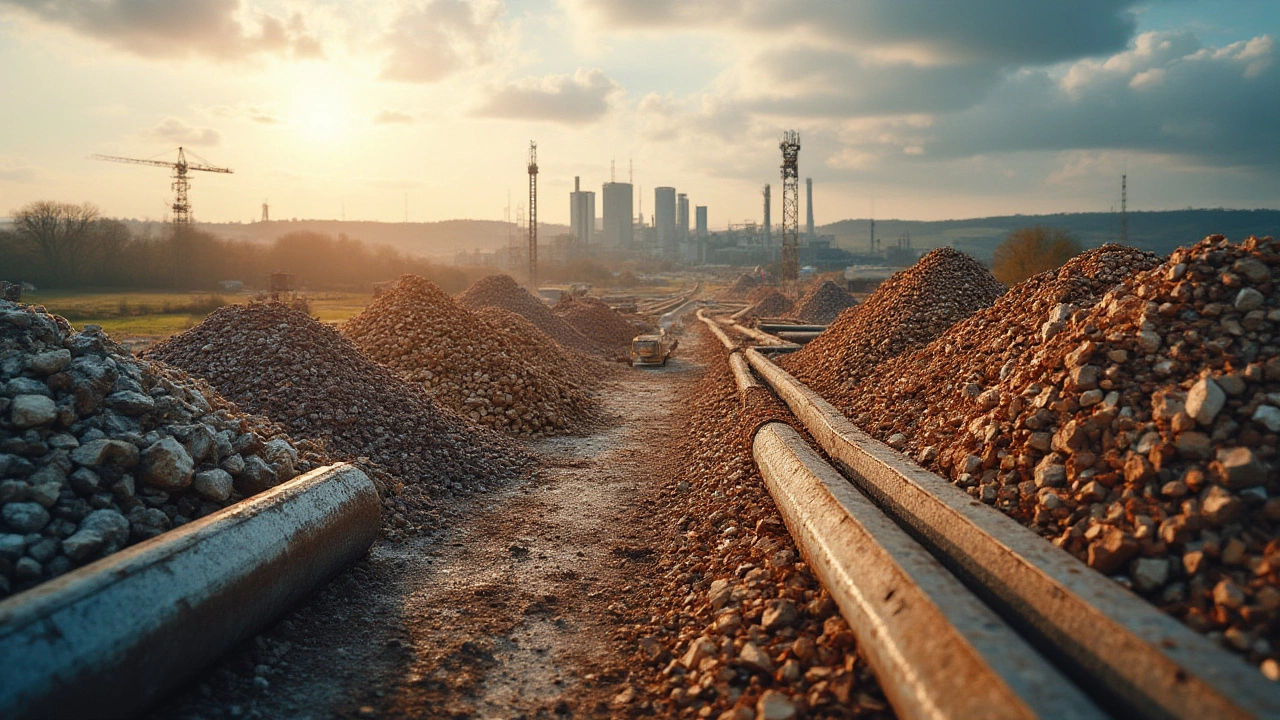Primary Raw Materials: The Building Blocks You Need
When you start a building project, the first thing you think about is the design, not the stuff that makes it stand up. Those basics are called primary raw materials – the cement, steel, timber, sand and aggregates that give a structure its strength. They’re the reason a house doesn’t collapse and a bridge stays steady. Knowing what they are and how they work saves you money, avoids headaches, and makes sure the job lasts.
Why These Materials Matter
Cement is the glue that holds concrete together. Without the right mix, you get cracks that spread fast. Steel acts like the skeleton – it bears loads and stops the whole thing from bending. Timber brings flexibility and warmth, but it swells if it gets wet, so you need the right grade. Sand and gravel fill the gaps and give volume to concrete. Pick the wrong type and you’ll see problems like uneven floors, water leaks, or a weak foundation that can cost big bucks to fix later.
Picking the Right Materials for Your Job
First, check the project’s load requirements. A garage floor only needs a light mix, while a multi‑storey block needs high‑strength concrete and reinforced steel. Second, look at local climate. In a wet area, use waterproof cement and treat timber with preservative. Third, think about budget and availability – sometimes a locally sourced aggregate is cheaper and just as good as an imported one. Finally, ask your supplier for data sheets; they show compressive strength, bend strength, and other numbers that let you compare options quickly.
Quick tip: always get a sample and do a small test pour before ordering a full batch. That way you see how the mix sets, how fast it dries, and whether any additives are needed. It’s a tiny step that can stop a major disaster down the line.
Remember, primary raw materials are the foundation of every build. Choose them wisely, match them to the job’s demands, and you’ll end up with a project that’s solid, safe, and stays within budget.

